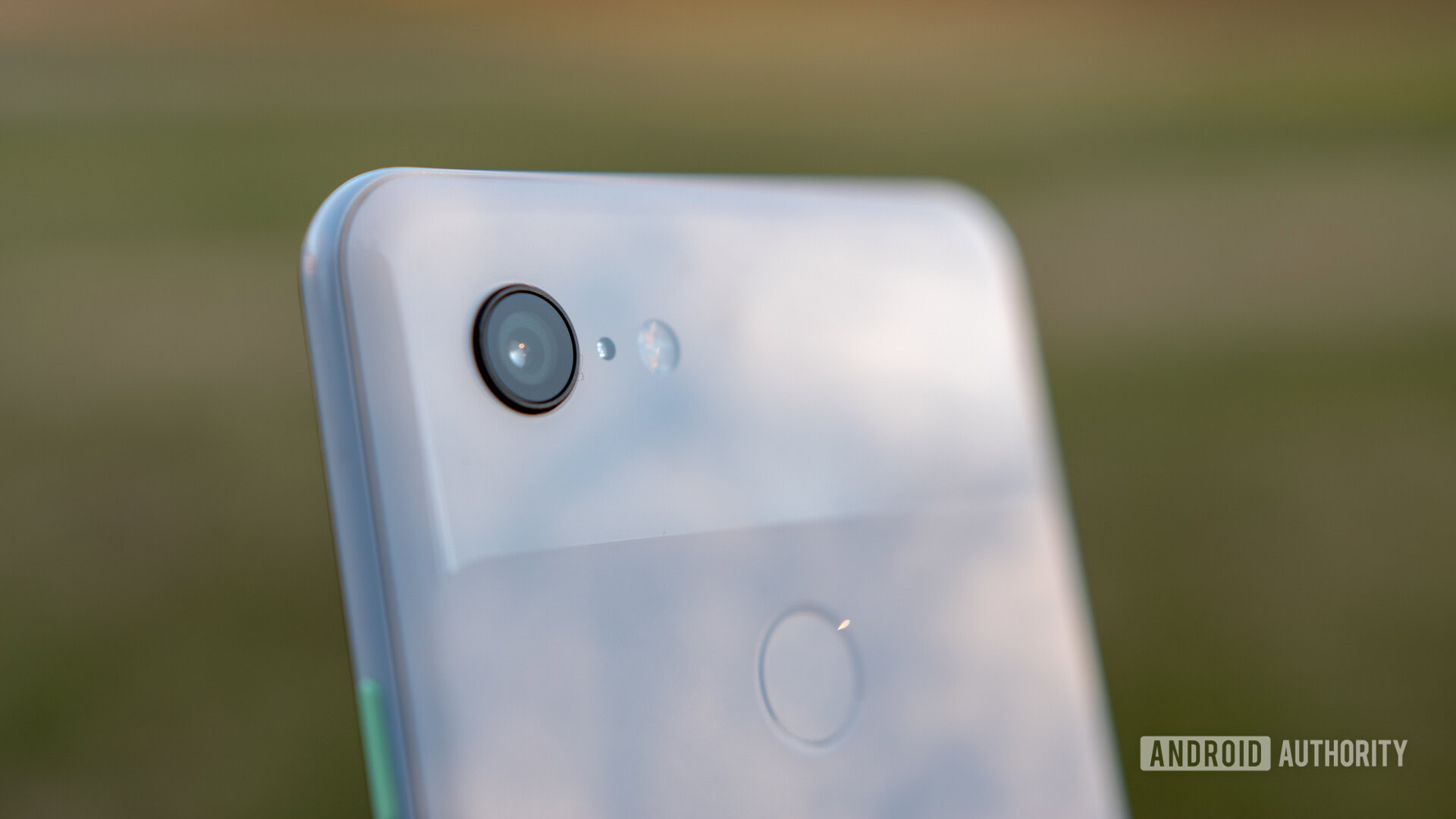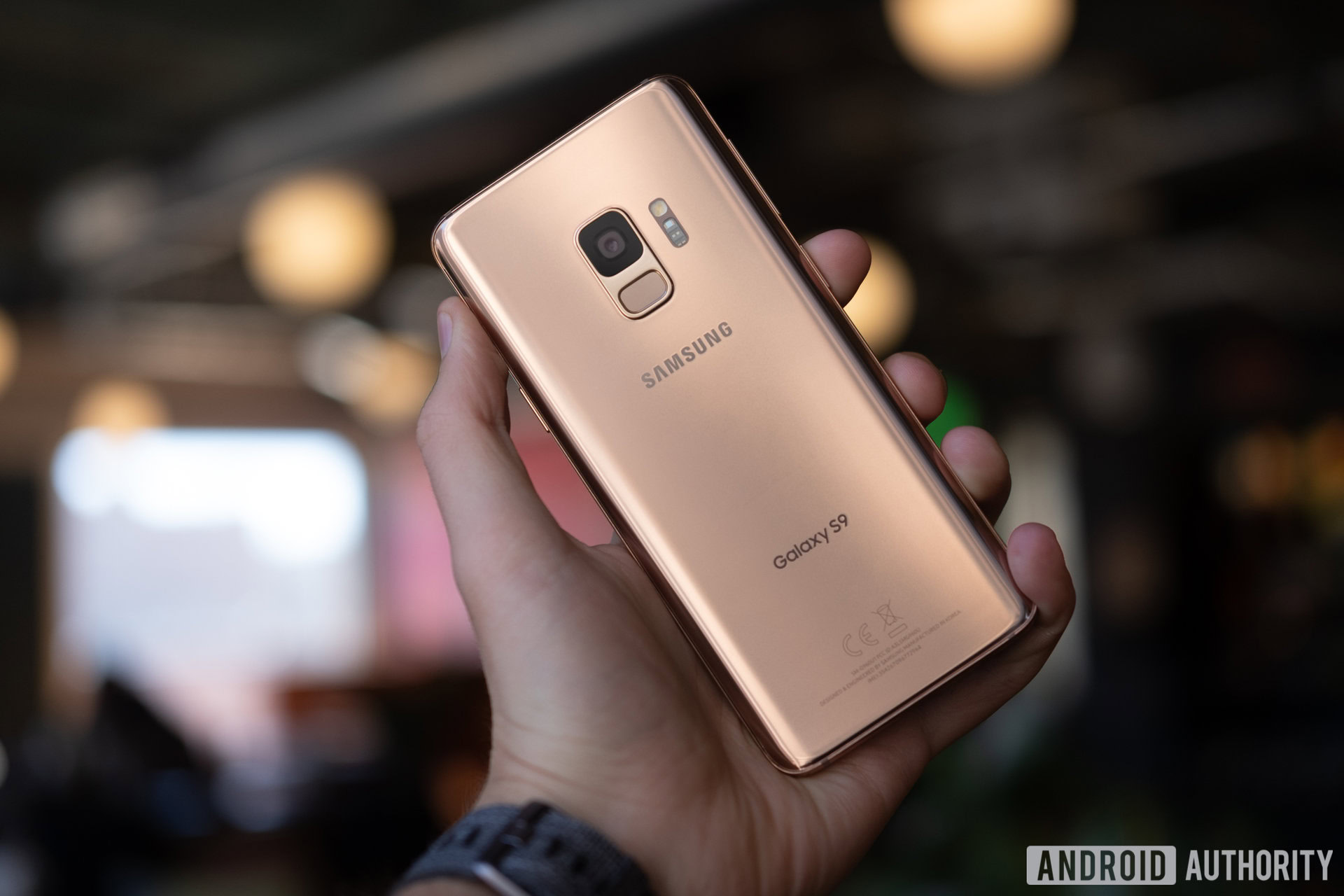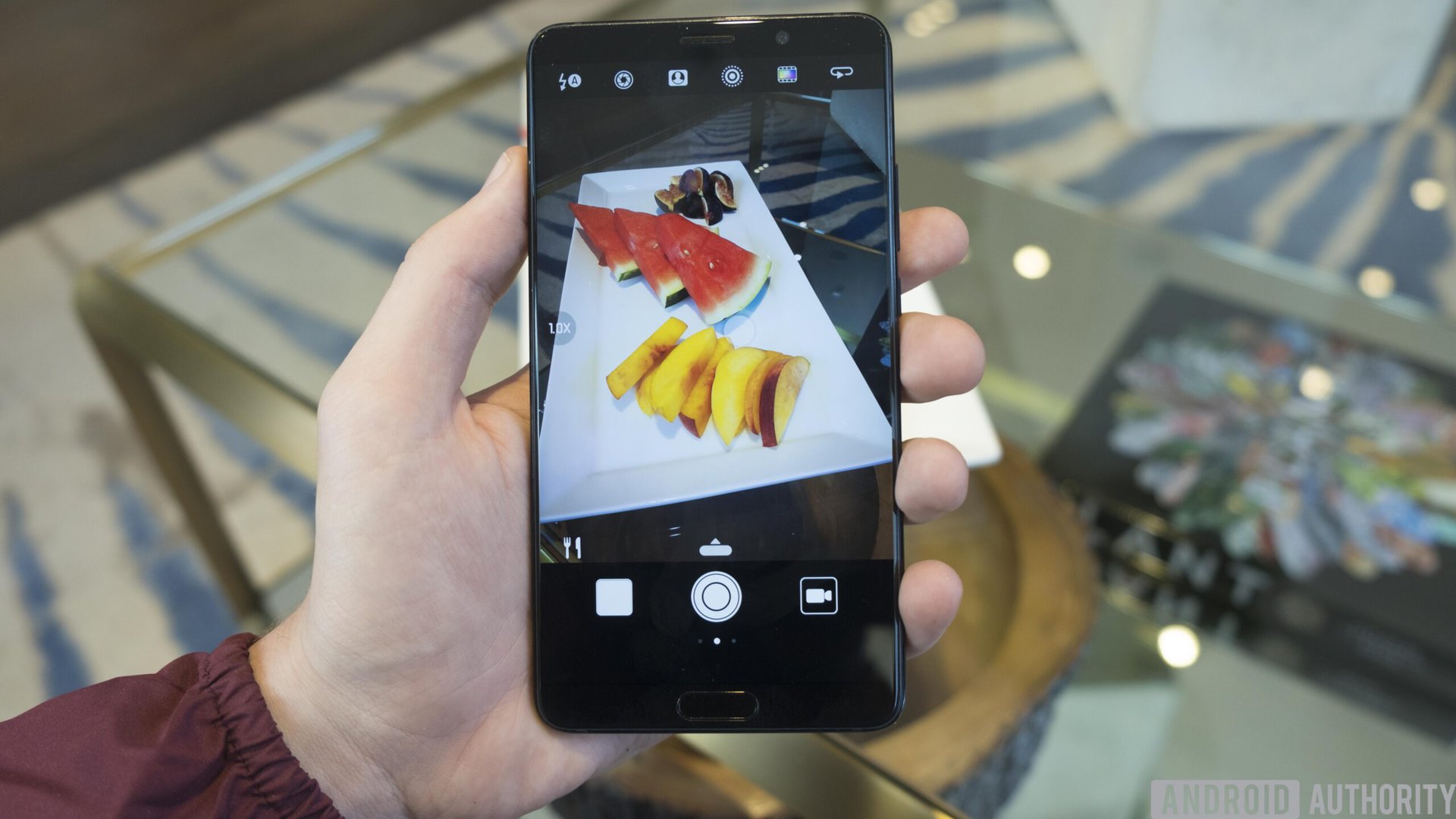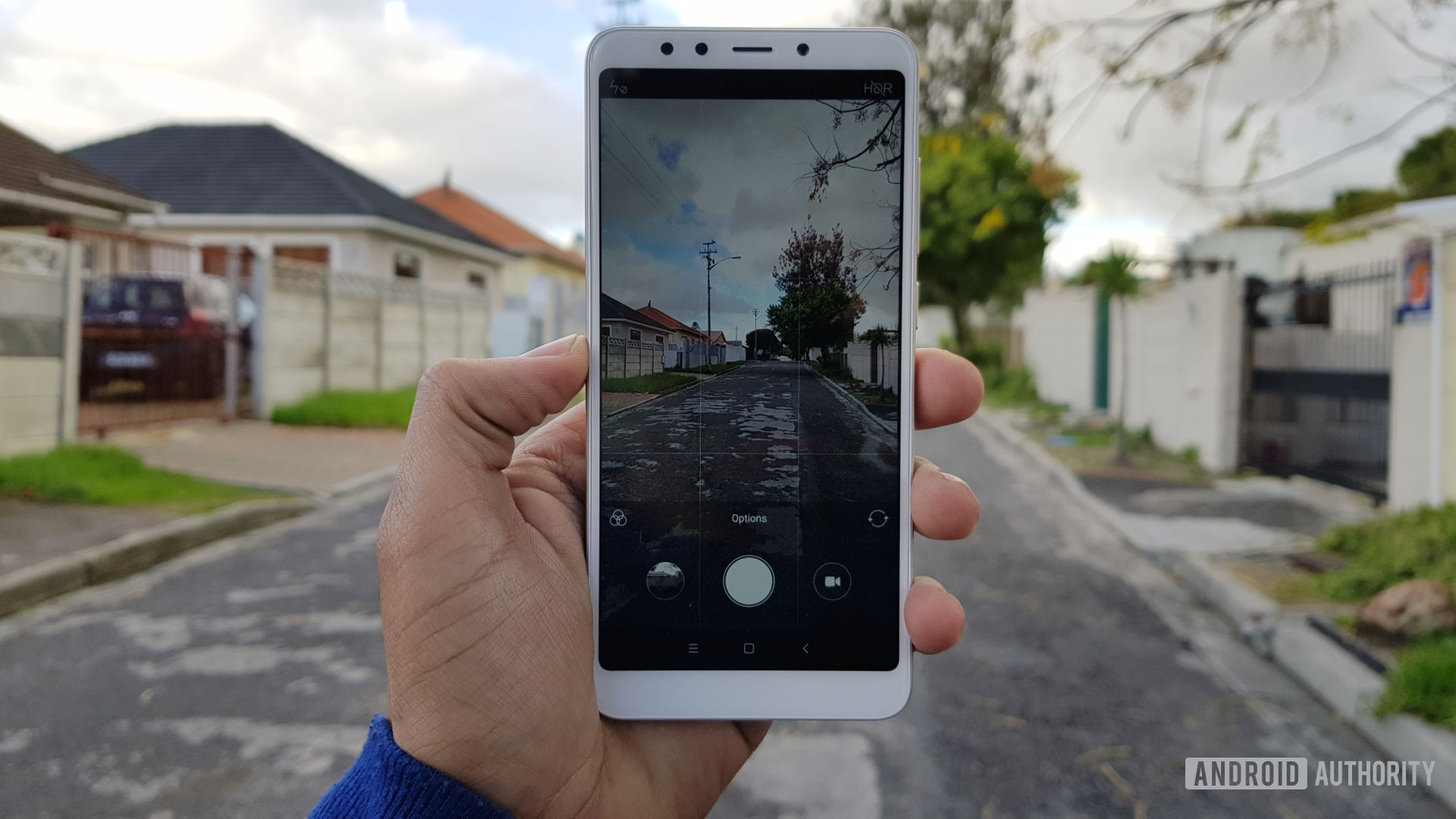Affiliate links on Android Authority may earn us a commission. Learn more.
Team AA: What would we like to see from smartphone cameras in 2019?

2018 is surely going to go down as the best year yet for smartphone camera quality and innovations. Computational photography, triple cameras and AI capabilities all came together to deliver some beastly smartphone shooters.
It’s clear manufacturers have an excellent foundation for 2019. But what exactly should these brands be working on when they’re designing next year’s smartphone cameras? We asked our colleagues this exact question.
Low-light or bust
This was certainly the most popular choice, with five colleagues indicating low-light performance as a focus area for 2019’s smartphone cameras.
“Night Mode is a genuinely brilliant quality-of-life improvement. Every compatible phone should have it,” Scott Gordon answered. It’s tough to argue otherwise, as both Google and Huawei‘s night modes are able to create some astounding results compared to cameras from 2017.

“I feel like Google is pulling ahead of the pack because of Night Sight alone,” said Jimmy Westenberg. “For me, it’s a feature I use almost daily on my Pixel 3 and I can’t see myself owning a phone without it or a similar feature.”
Google and HUAWEI’s modes have since been joined by night modes from OnePlus and Xiaomi, and we’ve also heard murmurings that Samsung could join the party in 2019. Either way, here’s hoping that these modes come to far more devices next year.
Less should definitely be more
Another popular response (with three colleagues calling for this) was for manufacturers to improve the quality of existing cameras instead of simply adding more. It’s an approach taken by Google since 2016’s original Pixel, with the Mountain View company somehow squeezing better and better quality from its single camera setup.
“Sure, the easy/cheap way out is to use multiple cameras instead of advanced cameras, but at these $1,000+ price tags, they can make better cameras. Bigger sensors, better lenses, zoom lenses (actual optical zoom), better vibration dampening and more work on OIS/EIS,” said Jonathan Feist, adding that he could do without selfie cameras.

I don’t know if my other colleagues could go without selfie cameras, but Jonathan certainly raises a good point regarding better camera hardware. Bigger sensors in particular are one of the tried-and-tested ways to get better photo quality, particularly in low-light situations.
“Quality: Quantity of lenses doesn’t matter, I just want high-quality, consistency, and features like Night Sight to improve all-round performance,” Tristan Rayner noted, while also adding his voice to the low-light calls.
Meanwhile, resident list master Joe Hindy also wants better primary cameras: “I’m concerned that OEMs are starting to lean too heavily on the multi-camera setup to add more functionality and flexibility, but we haven’t seen a real jump in the main sensor quality in quite some time.”
Still, Joe points to Sony’s new 48MP sensor (as seen on HUAWEI and Xiaomi’s upcoming devices) as having potential to deliver a better main camera experience.
Better selfie cameras, AI, and more
Aside from better primary camera sensors and improved low-light performance, our team members also had a few more wishes for 2019’s smartphone cameras.
Luka Milnar wants more manufacturers to deliver wider aperture selfie cameras, saying that Samsung was one of the few brands to offer f/1.7 cameras on the front. We’ve seen a move to higher resolution selfie snappers in 2018, often using pixel-binning in order to generate better low-light snaps, but a wider aperture can definitely help in these situations too.

David Imel is calling for brands to dial back their processing in 2019, saying that today’s cameras tend to “oversharpen and oversaturate images.” It’s a tough ask for manufacturers, as some consumers seem to prefer the oversaturated look over the drab and dreary realistic option. Perhaps user-selectable color modes should be available on more phones?
Finally, Executive Editor Kris Carlon reckons that manufacturers should give us greater control over AI features.

“Computational photography is undeniably great, but the all-or-nothing approach currently being taken by most OEMs needs to put a little control back into the hands of the user,” says Kris. “Not everyone is a good enough photographer to do everything themselves but they’re still good enough that they don’t like the machines doing everything for them either.”
It’s a pretty good point, as AI functionality seems to largely boil down to aggressive hand-holding rather than anything truly personalized and/or robust. No wonder some people prefer shooting with AI modes disabled.
Me? I’d like to see meaningful secondary cameras come to cheaper smartphones. Why settle for a depth sensor as the secondary camera on a budget phone when a telephoto or ultra-wide angle snapper is more useful? In any event, 2018 was a fantastic year for smartphone cameras, so here’s hoping that 2019 is even better.
What would you like to see from 2019’s smartphone cameras? Give us your thoughts below.
NEXT: The Nokia 7.1 is a good deal in the U.S., but there are plenty of better deals globally